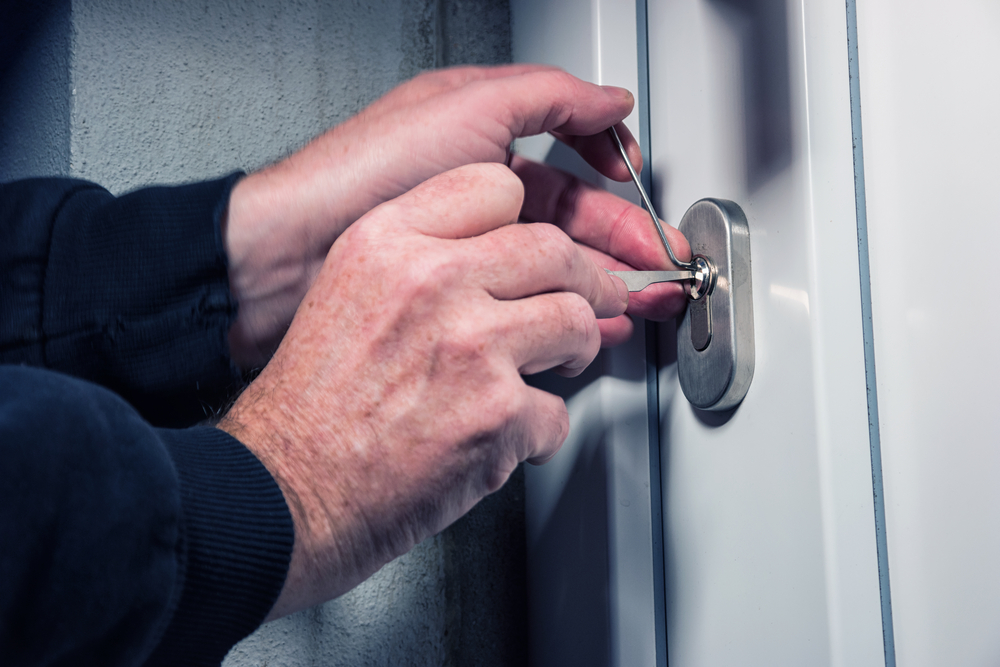
Top 5 biggest security threats to a business
No business is exempt from security threats. Big, small, retail, hospitality, its doesn’t matter, if you are to be successful, you need to take precautions against the threats you face or you risk complete disaster.
As a top Security Company Leeds, we work closely with businesses in almost every possible industry to create security systems that protect them from the as many different potential threats as possible based on a detailed risk evaluation of their business.
We have come across all sorts of weird and wacky security threats over the years but there are a few that arise time and time again that pretty much every business owner should be aware of.

Here are 5 of the biggest security threats to a business
Theft
We may as well start with the most obvious one. Theft of assets is a serious concern to business owners with documents, technology, tools, equipment, and much more besides stored on site and highly attractive to criminals.
Theft comes in all shapes and sizes, from carefully planned heists to opportunistic raids. Unfortunately, workplace theft is not as unusual as we would like to imagine either, and you also need to take steps to ensure your own staff do not become your biggest concern.
Vandalism
Usually less thought out and planned than theft, but no less dangerous to the future of your business. Destruction of materials, goods, and property can be extremely costly to repair, especially if arson is involved.
It is vital you identify any intruders approaching your property quickly and they are dealt with by a trained security professional.
Cyber Security
A growing concern for every modern business, cyber threats can be just as much of an issue as physical ones. If you store the personal information of your customers online, a security breach will open you up to all sorts of potential legal difficulties and building trust once again can become impossible. If you store physical copies of such documentation on your site, this must also be protected as thoroughly as cash or other major assets on the property.
Violence
Violence in the workplace if much more common that you would like to imagine. Violence between staff, violence against staff, both incredibly serious threats that you as an employer have a duty to tackle action to prevent.
Installing CCTV on your site will deter those considering an attack and reveal exactly what happened if the worst does occur. Failing to do so could land you in touch legal waters.
Unauthorised Visitors
All of the threats listed above are much greater when unauthorised visitors are able to gain access to your site. Sure, their intention may not be sinister, but the moment you allow unknown individuals to wander unattended around your premises your security is severely compromised.
CCTV, access control gates, and alarm systems are just some of the security measures that can be put in place to monitor comings and goings and protect your site from outsiders.





